A bunion is a deformity of the joint at the base on the big toe and is the most common deformity in the front of the foot. Bunions occur when the big toe moves and points towards the second toe, forcing the first metatarsal and the connecting joint to protrude outwards. This results in the metatarsal head becoming prominent and inflamed. The bursa, a fluid-filled sac, surrounding the joint becomes swollen, causing stiffness and pain.
BUNION VS. NORMAL FOOT
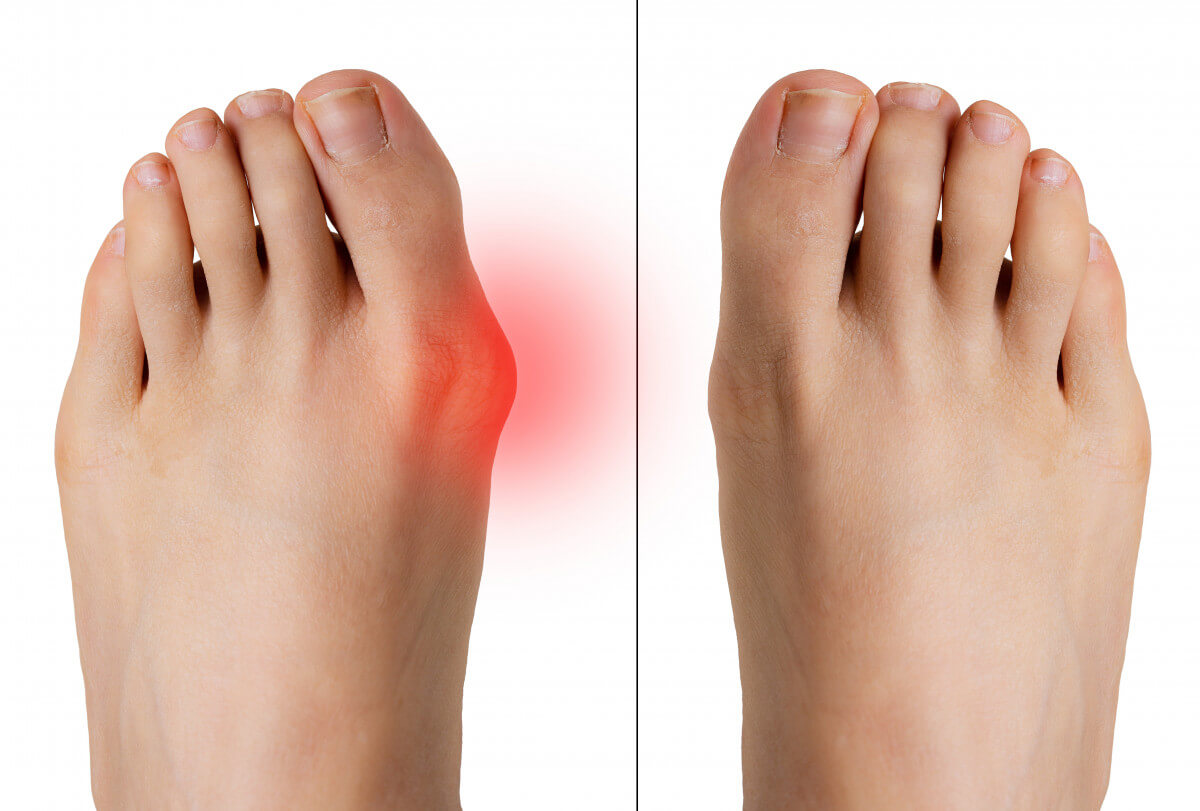
A Bunionette, or Tailor’s Bunion, is another type of bunion. Bunionettes form on the outside of the foot toward the joint at the little toe.

BUNION CAUSES
The causes of bunions are largely unknown, but bunions are more common in women than men because of their choice of footwear. High heels, narrow shoes, and pointed toe-boxes compress the toes together, forcing the big toe to point towards the other toes, developing the deformity. High heels tip the body's weight forward, forcing the toes into the front of the shoe.
Other causes of bunions have been related to genetics and flat feet. Around the age of 50, posterior tibial tendon weakness can occur and cause flat feet. As the tendon becomes weak, the arch collapses, and the toes are pushed out as a compensatory mechanism.
- The condition is more frequent in women
- 23% of adults between the ages of 18 to 65 have bunions
- 35% of adults over the age of 65 have bunions

Other common causes of bunions:
- Rheumatoid Arthritis
- Neuromuscular disorders
- Trauma
- Ballet dancing
- Pregnancy
SYMPTOMS OF BUNIONS
The friction and pressure on the soft tissue, skin, and bursa of the metatarsal joint can cause extreme discomfort, making bunions very painful. As the condition worsens, the deformity of the foot can cause a slight dislocation of the joint. The joint will then move unnaturally causing further accelerated deterioration. These changes in the movement of the joint and foot can also result in the patient having difficulty in controlling their balance. These symptoms can decrease the activity levels and quality of the life for people with bunions.
Other symptoms:
- Inflammation
- Tenderness
- Swelling
- Soreness
TIPS TO RELIEVE BUNION PAIN
The first step to relieve bunion pain is to make sure you are wearing proper-fitting shoes with a toe box wide enough to accommodate the bunion.
- Orthotics
- Correct fitting footwear
- Icing the area
- Resting
- Soaking in warm water
- Massaging the area
- Maintain a normal weight
HOW TO CHOOSE THE BEST ORTHOTICS FOR BUNIONS
Supporting the arch with Aetrex Orthotics will prevent the collapse of the arch and thereby can help prevent the formation of a bunion. A key goal of Aetrex Orthotics is to provide alignment and keep the foot closer to the neutral position throughout the gait cycle.
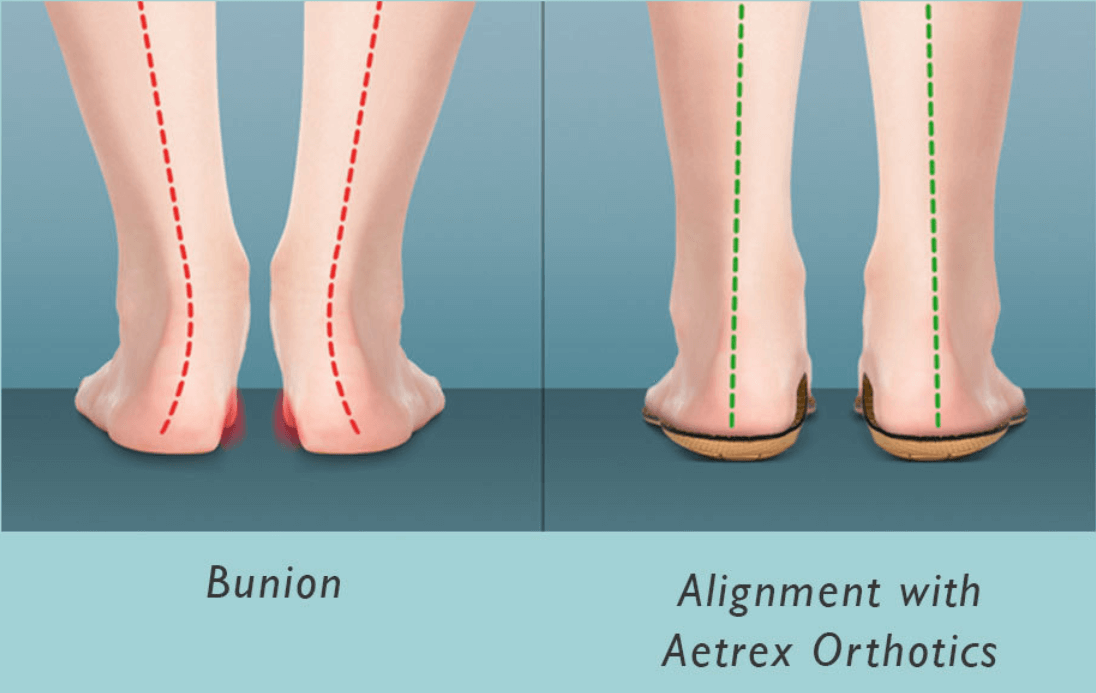
Benefits of Aetrex Orthotics:
- Alignment & Biomechanical Efficiency: Proper alignment helps minimize overpronation and alleviates pressure on the affected joint.
- Increases Mobility: Proper alignment can help reduce the deformity. This helps increase mobility and prevent stiffness from developing in the joint. This can help delay the progression of the deformity.
- High-Tech Materials: The plush, slow-recovery IQ150™ memory foam immediately customizes to your foot and reduces pressure on the affected joint. It helps protect the foot and provides additional cushioning for comfort and pain relief.
BEST ORTHOTICS FOR BUNIONS
HOW TO CHOOSE THE BEST SHOES FOR BUNIONS
High heels, narrow shoes, pointed toe-boxes, and other ill-fitting footwear are significant contributing factors that trigger bunion formation. All Aetrex shoes have the signature Aetrex Arch support either built into the footbed or with a removable insole. Arch supports helps align the body properly and alleviates pressure on the affected joint.
Select Aetrex Shoes also feature a bunion pocket that has strategically placed straps that provide a void for bunions. The bunion pocket eliminates pressure and restriction on the area to add comfort where it's needed most.

BEST SHOES FOR BUNIONS
Reference: Dr. George Ampat FRCS (Tr & Orth), Consultant Orthopaedic Spinal Surgeon

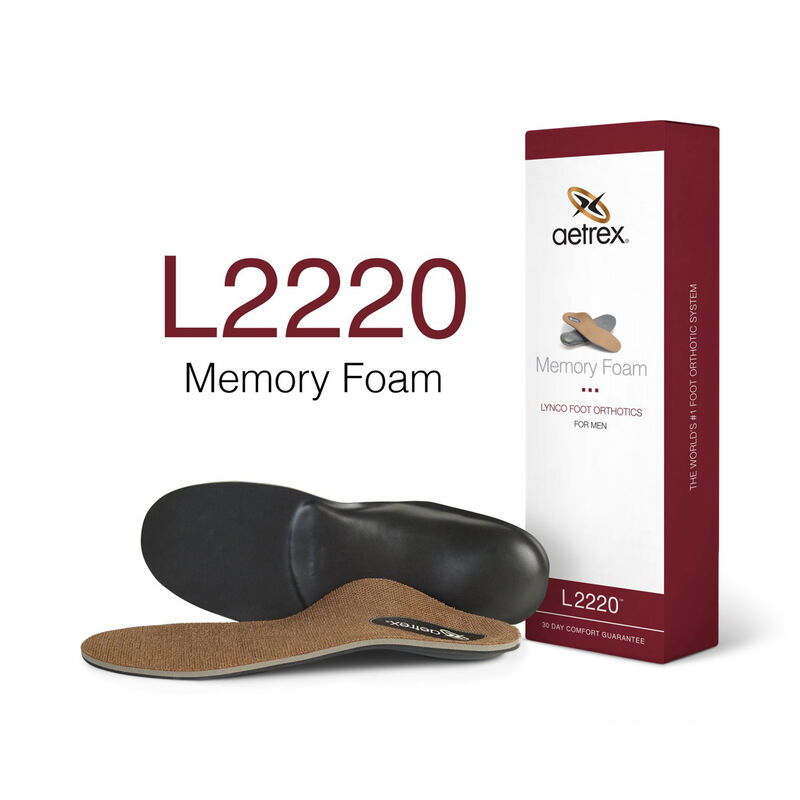
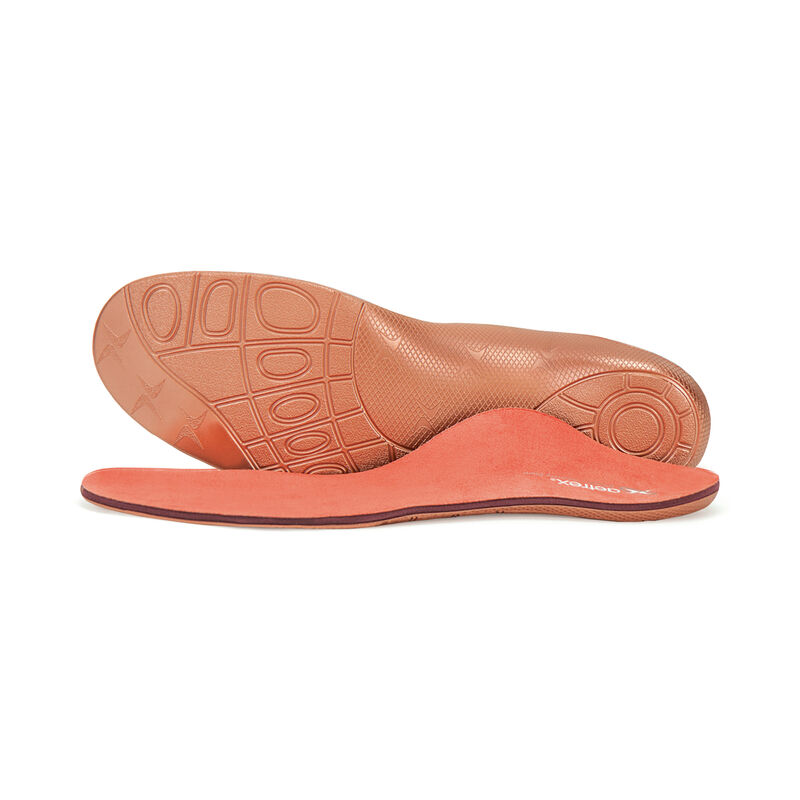
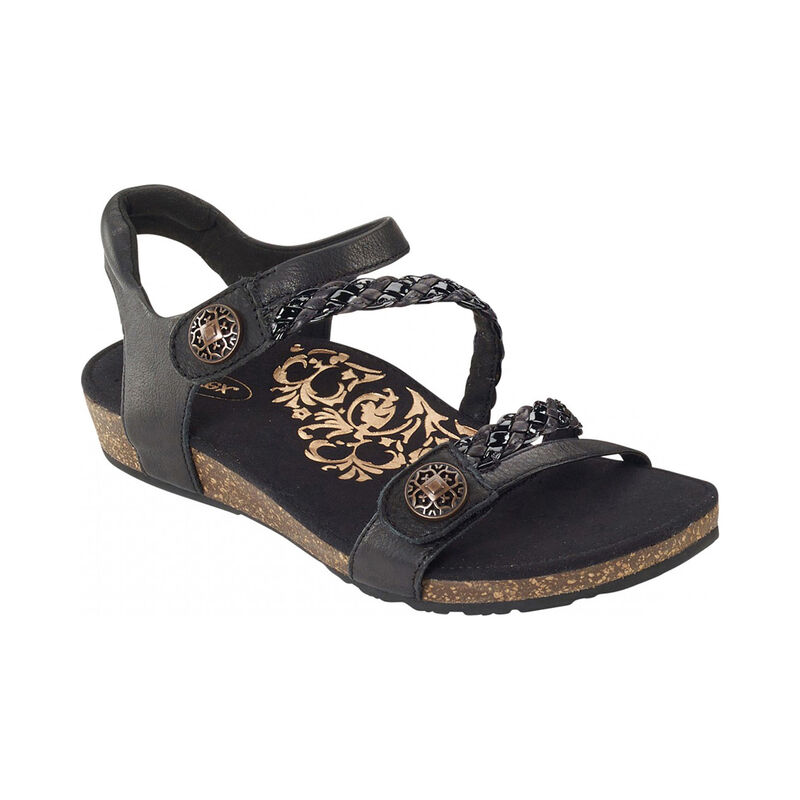
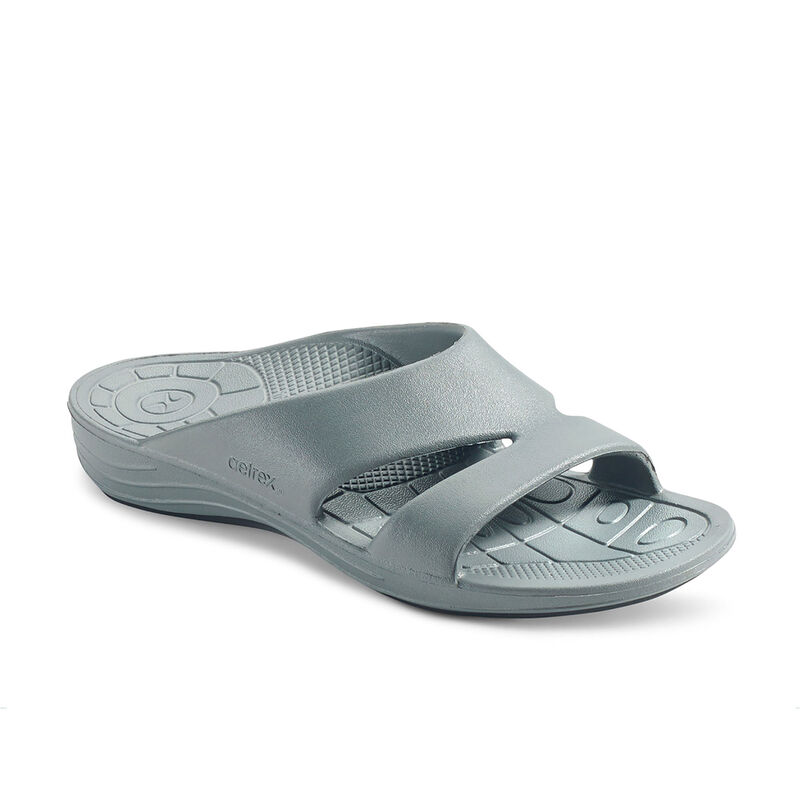
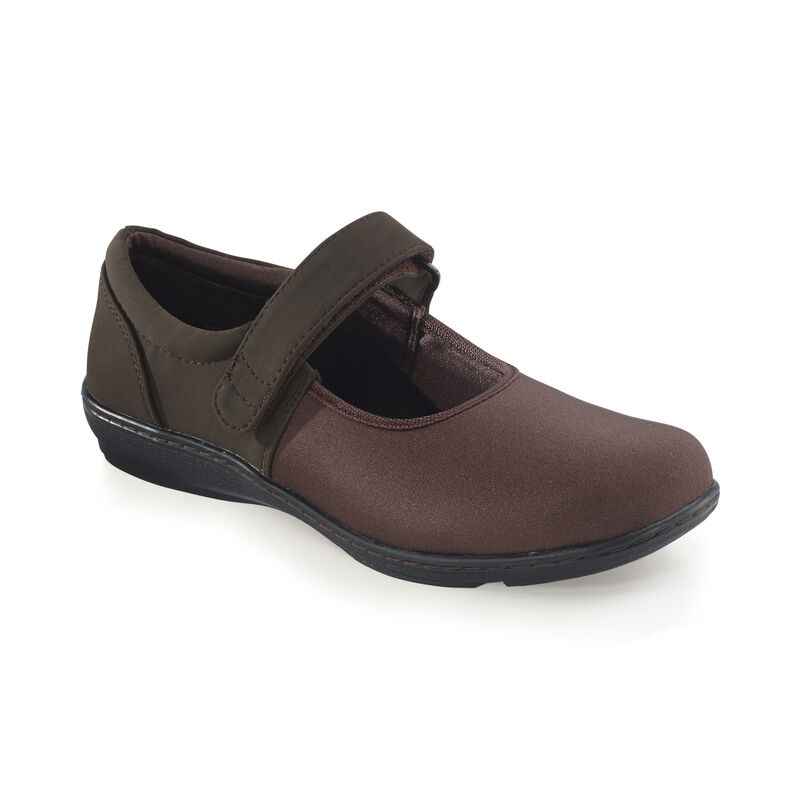
Share:
Arthritis of the Foot and Ankle: Types, Symptoms, Orthotics & Shoes
Aetrex Premium Memory Foam Orthotics Support Healthcare Workers